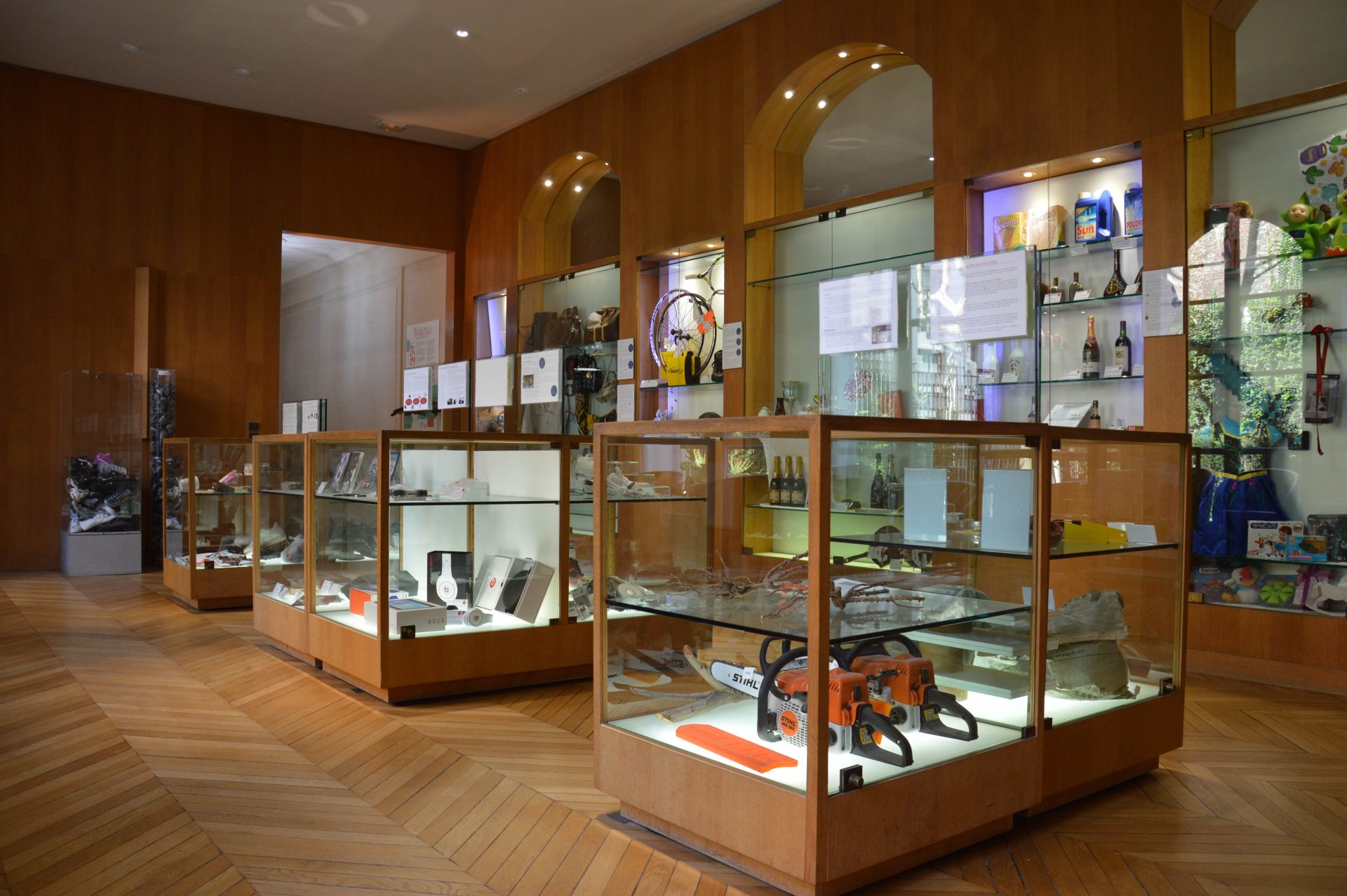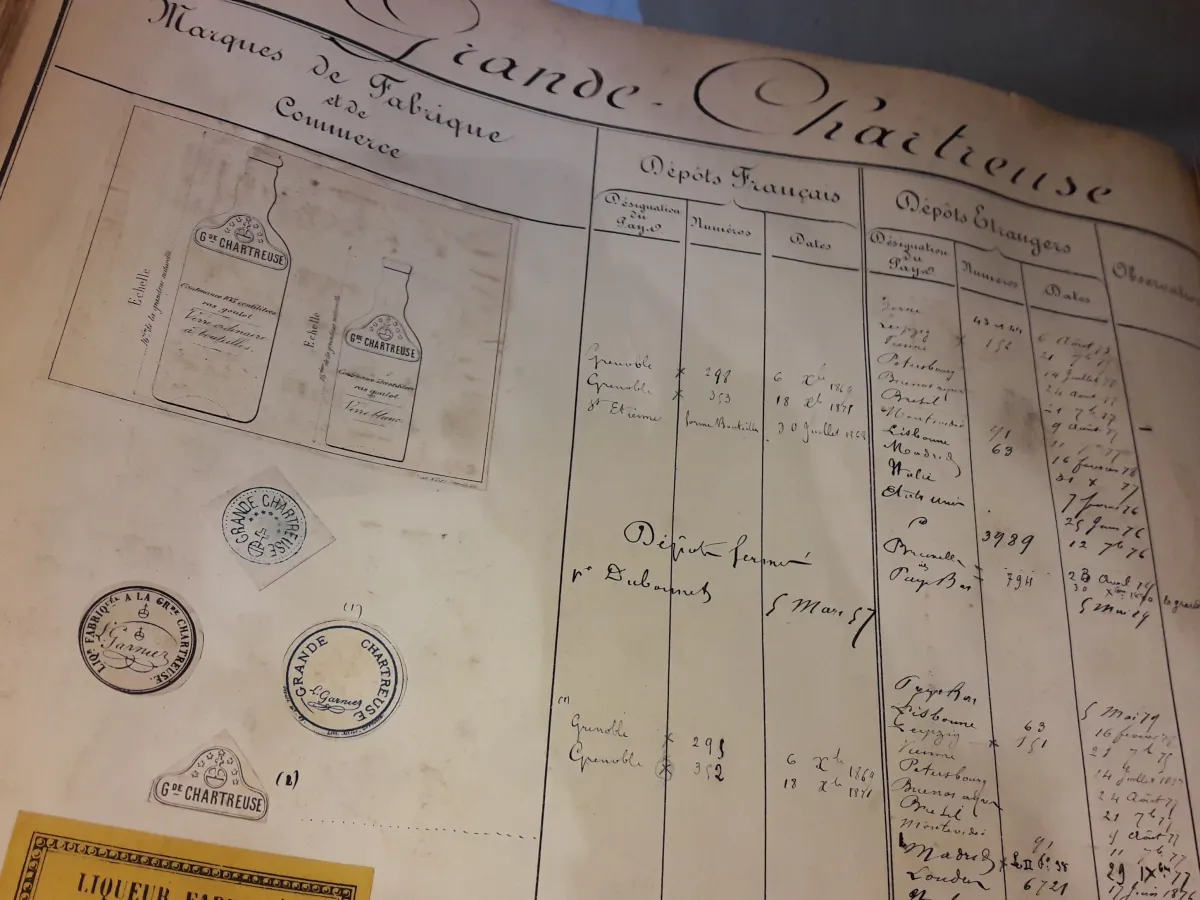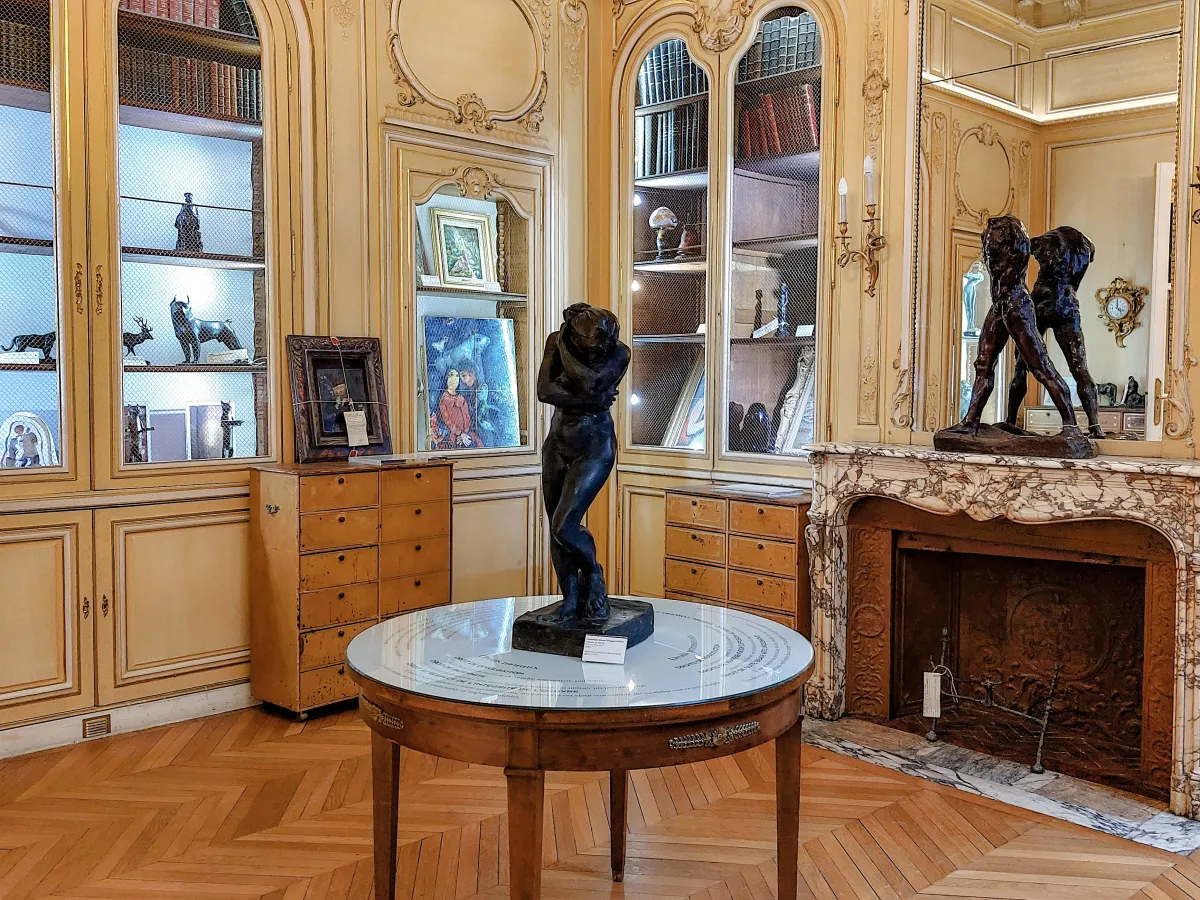Acquiring counterfeits?
Buying counterfeits is illegal and the Counterfeit Museum obviously abides by this rule: we do not buy counterfeits even to put them in the museum! The majority of counterfeits exhibited in the museum come from seizures by Customs or Police agents. We regularly call on these players in the fight against counterfeiting to update our collection.
Some companies that are victims of counterfeiting provide us with counterfeit samples, appraised by their own Legal Department. These are generally member companies of the Union des Fabricants.
Finally, our association’s partner online sales platforms can also give us counterfeit goods intercepted during fraudulent transactions.
Enfin, les plateformes de vente en ligne partenaires de notre association peuvent également nous remettre des marchandises contrefaisantes interceptées lors de transactions frauduleuses.



